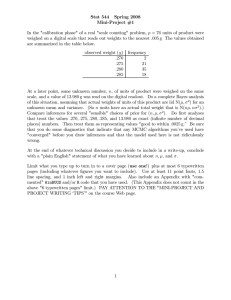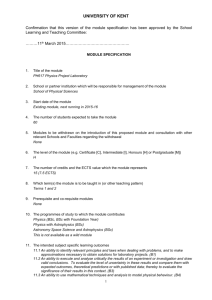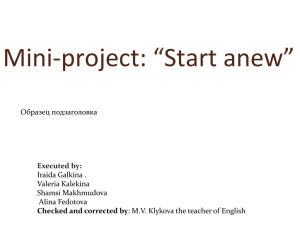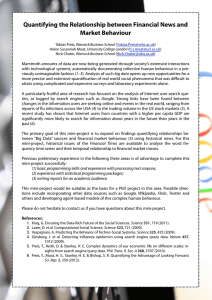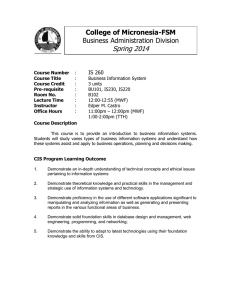Face detection for video-based human identification in uncontrolled environment
advertisement
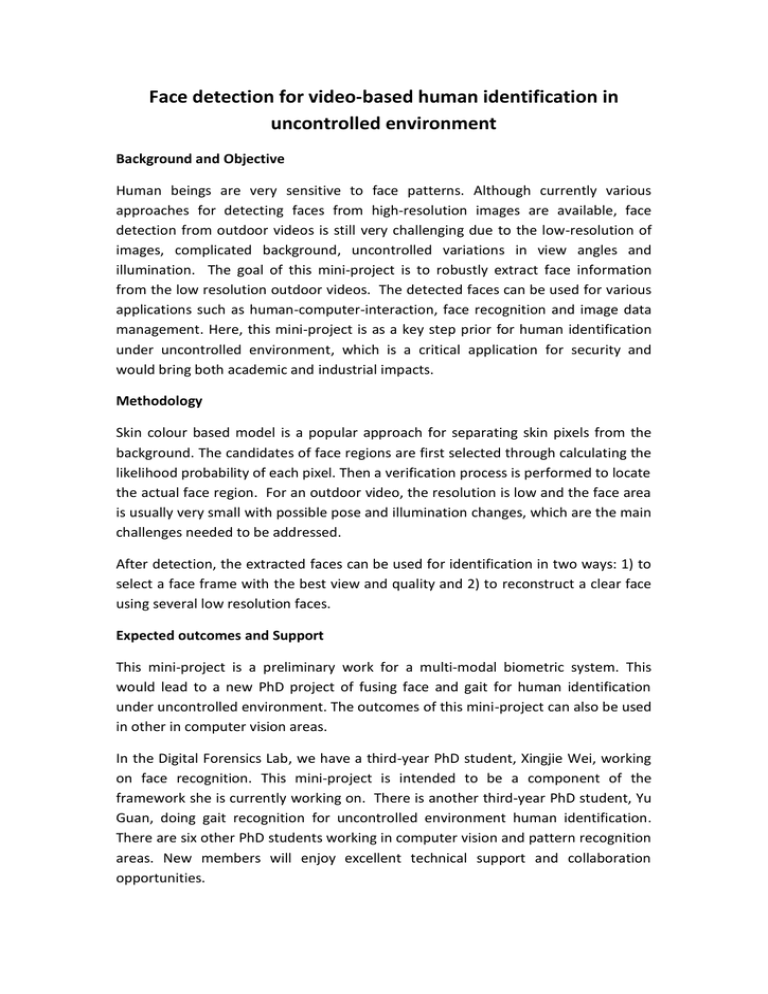
Face detection for video-based human identification in uncontrolled environment Background and Objective Human beings are very sensitive to face patterns. Although currently various approaches for detecting faces from high-resolution images are available, face detection from outdoor videos is still very challenging due to the low-resolution of images, complicated background, uncontrolled variations in view angles and illumination. The goal of this mini-project is to robustly extract face information from the low resolution outdoor videos. The detected faces can be used for various applications such as human-computer-interaction, face recognition and image data management. Here, this mini-project is as a key step prior for human identification under uncontrolled environment, which is a critical application for security and would bring both academic and industrial impacts. Methodology Skin colour based model is a popular approach for separating skin pixels from the background. The candidates of face regions are first selected through calculating the likelihood probability of each pixel. Then a verification process is performed to locate the actual face region. For an outdoor video, the resolution is low and the face area is usually very small with possible pose and illumination changes, which are the main challenges needed to be addressed. After detection, the extracted faces can be used for identification in two ways: 1) to select a face frame with the best view and quality and 2) to reconstruct a clear face using several low resolution faces. Expected outcomes and Support This mini-project is a preliminary work for a multi-modal biometric system. This would lead to a new PhD project of fusing face and gait for human identification under uncontrolled environment. The outcomes of this mini-project can also be used in other in computer vision areas. In the Digital Forensics Lab, we have a third-year PhD student, Xingjie Wei, working on face recognition. This mini-project is intended to be a component of the framework she is currently working on. There is another third-year PhD student, Yu Guan, doing gait recognition for uncontrolled environment human identification. There are six other PhD students working in computer vision and pattern recognition areas. New members will enjoy excellent technical support and collaboration opportunities.

